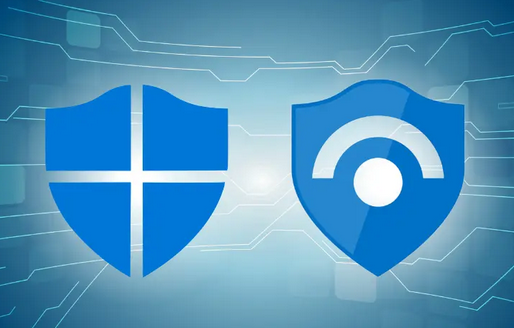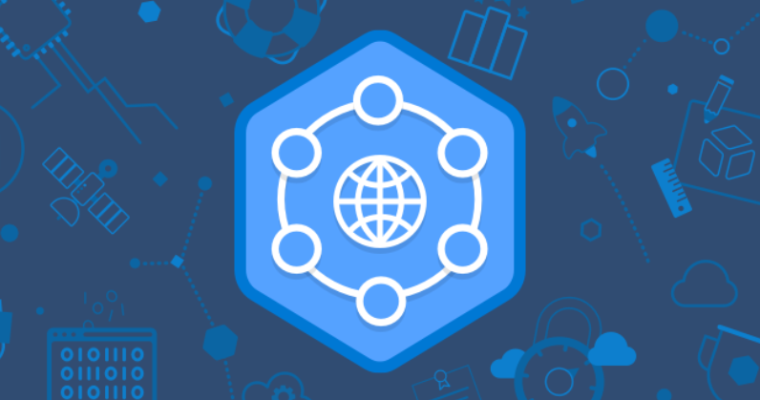Resource Locks – Compliance and Cloud Governance
Sometimes performing actions without caution will lead to accidental deletion or modification of mission-critical workloads that you have in your environment. In Azure, administrators can use locks to lock a subscription, resource group, or resource from getting deleted or modified. The lock will override any …









